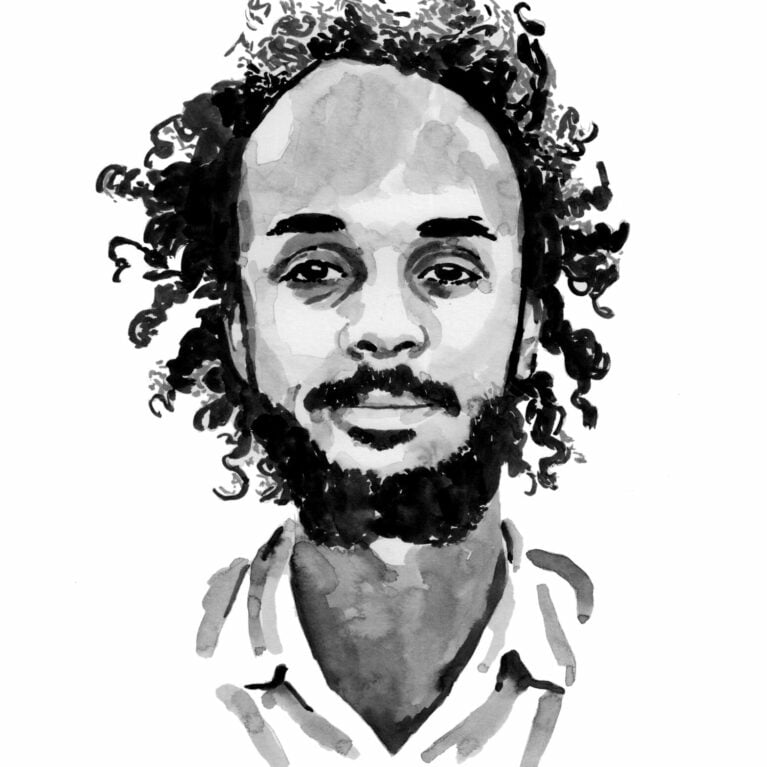Jordan Moss

Who I am
My interest in ichthyology was acquired in childhood, fuelled mainly by trips to the Natural History Museum and the local aquarium, and it came to a head in 2018 when I began my MSc in marine resource management. The following year I conducted assessments of management strategies used on thornback rays in the North Sea under SUMARiS (Sustainable Management of Rays and Skates) and since then I have participated in working groups for the International Council for the Exploration of the Sea (development of quantitative assessment methodologies based on life-history traits, exploitation characteristics and other relevant parameters for data-limited stocks) and the Indian Ocean Tuna Commission (17th working party on ecosystems and bycatch).
Where I work
I am based in the Eastern Province of Sri Lanka at the Blue Resources Trust research station, where I conduct field work at landing sites in and around the town of Valaichchenai. The aim is to scale up this work to include the Northern Province and the Western Province. The landing sites around Valaichchenai range from densely packed harbours to sparsely populated beaches. Occasionally I can be seen hiking the coastline with the aid of my trusty GPS to document these sites. Although I find the field work exciting, I spend most of my time in my natural habitat – that is, in front of my computer screen.
What I do
The field work is split between counting the various types of fishing boats in the region and monitoring the landing sites to identify the shark and ray species caught and observe the frequency with which the fishing boats go out. Collecting this information will give us a standardised index of abundance for different shark and ray species in the region. It is our hope that if abundance is monitored, governance structures will be able to respond more quickly to future declines. Behind the computer, my time is primarily spent in R, where I utilise a range of data-limited methods to assess the stock status for the species available here. Another important aspect of my work is developing a user-friendly toolkit so that other researchers will be able to monitor changes in catch and effort.
